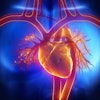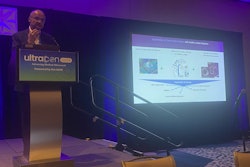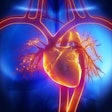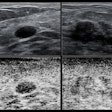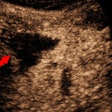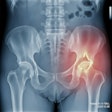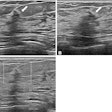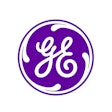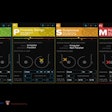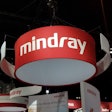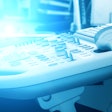AUSTIN, TX -- A standardized training curricula can be well-received by emergency faculty who are learning extended focused assessment with sonography in trauma (eFAST), a study presented at UltraCon found.
In her presentation, Jacqueline Gomberg, MD, from NYU Langone Health/Bellevue in New York showed that emergency medical staff expressed more positive attitudes toward performing eFAST exams after participating in training that takes less than two hours to attend.
“Our eFAST course was really well received,” Gomberg said. “Everyone … said that the session was very helpful and that it was likely to change their clinical practice, which is ultimately our goal in the end.”
eFAST exams are widely used in emergency medicine and trauma, with ultrasound training being implemented into residency education. However, Gomberg said that there are current faculty who have never received ultrasound training. She added that there is a lack of standardization in such training, with “very few” official curricula for practicing emergency medicine faculty to build their expertise in this area.
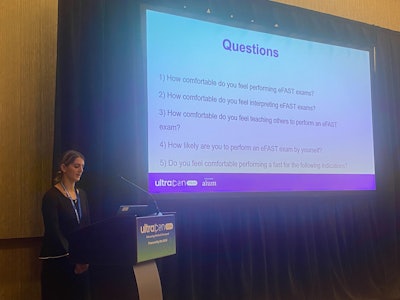 Jacqueline Gomberg, MD, from NYU Langone Health/Bellevue in New York discusses her team's faculty training course for extended focused assessment with sonography in trauma (eFAST).Amerigo Allegretto
Jacqueline Gomberg, MD, from NYU Langone Health/Bellevue in New York discusses her team's faculty training course for extended focused assessment with sonography in trauma (eFAST).Amerigo Allegretto
Gomberg and colleagues addressed this issue by developing their own eFAST faculty development course, coordinated by an emergency medicine ultrasound division team within an inner-city hospital system.
The course consisted of a 30-minute didactic session followed by a 45-minute hands-on scanning session in a simulation setting. For the initial results, the research team distributed pre-course and post-course sessions and collected additional data at the two- and four-month marks. Gomberg said the team plans to distribute more surveys at the six-month mark.
Questions addressed performing, interpreting, and teaching others about eFAST exams. The researchers found that the eight participants who filled out all surveys expressed more comfortability in these areas. A total of 15 participants were in the course, but seven did not fill out all the relevant surveys.
The team used a 0-5 Likert scale to measure these feelings, with 0 indicating no comfort at all and 5 meaning very comfortable.
| Average pre-, postcourse comfortability in performing eFAST exam (out of 5) | ||
|---|---|---|
| Precourse score | Postcourse score | |
| Likelihood of performing by self | 3.56 | 4.56 |
| Comfortability in performing | 3.56 | 4.33 |
| Comfortability in interpreting | 3.56 | 4.33 |
| Comfortability to teach others | 3.33 | 4.22 |
| Comfortability in performing for any number of indications | 2.89 | 3.89 |
The team also found that 100% of participants stated that the session was “very helpful” and 100% indicated that the training “was likely” to change their clinical practice.
However, Gomberg also reported no statistically significant difference for any of the surveyed domains after the two- and four-month marks. Data for the six-month mark will take place in May 2024, she added.
“There was kind of an increase, but there was no real statistical significance,” Gomberg said.
Looking forward, Gomberg said that some things the team wishes to accomplish include holding these training sessions for emergency medical faculty, refining the teaching methods, and quantifying increases in the number of eFAST exams performed, among other work.
